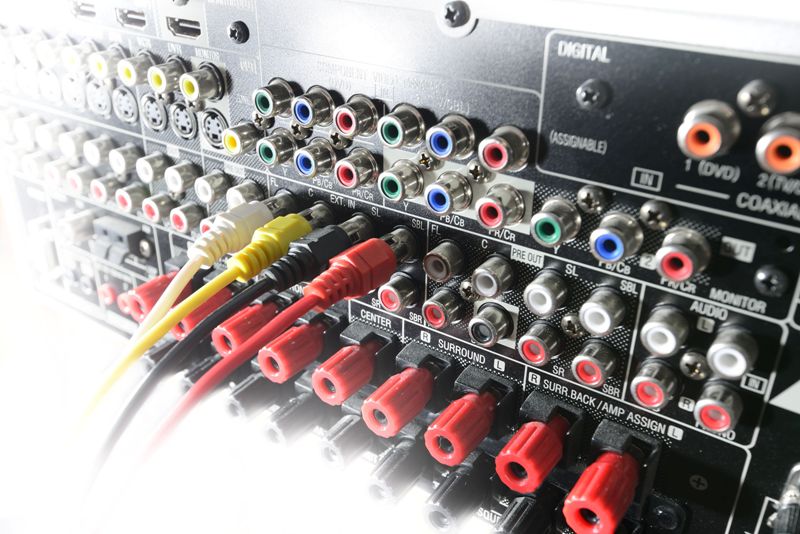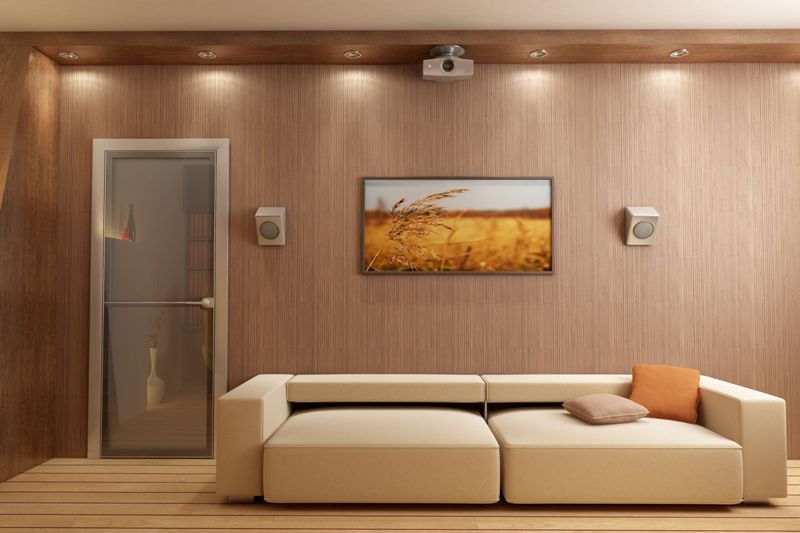How to use in-wall Ethernet as a speaker wire?
If your home already has in-wall Ethernet cables, then you can use these as a speaker wire and transmit audio signals from a single source to rooms all over the house. All you need to do is connect the speakers to the Ethernet wire through the wall plates.

Most modern homes have Cat 5, Cat 5e, or Cat 6 Ethernet wires that can safely transmit audio signals without any interference. However, you need to take care of a few details before you actually do this. You will need RJ-45 connectors to terminate the Ethernet wires and banana or pin type connectors to connect the cable to the speakers.
While it is possible to connect the bare Ethernet wires to the speakers, it is generally better to avoid this as the chances of shorting and corrosion are greater. Instead obtain sufficient RJ-45 connectors to terminate the Ethernet wires. Untwist the Ethernet wires, insert each conductor in the proper hole in the RJ-45 connector using the color code, and use a crimp tool to tighten the connections. Now insert the cable to be connected to the speaker at the other end. The second end of this cable will have either a banana or pin type connector that can be plugged on to the speaker securely to ensure distortion free transmission of audio signals.

Depending on your needs, you can connect the Ethernet cable to various audio sources such as PCs, DVD players, Blu-ray players, satellite antennas, and so on. The volume of the audio can be controlled at the source or receiver, while the speakers just deliver the audio signals to the various rooms. For more complex systems, you can use switches, splitters, and similar devices that will help you split the signals receives, switch between various sources of audio, and ensure that the audio signals are delivered to the various rooms without any signs of distortion.
By using in-wall Ethernet cabling that is already present to transmit audio signals one can save on the cost of fresh cabling while also ensuring that the décor of the rooms is not affected by visible cabling. The low voltage in-wall Ethernet cables are designed to not heat up behind any walls, reducing the risk of a fire.



